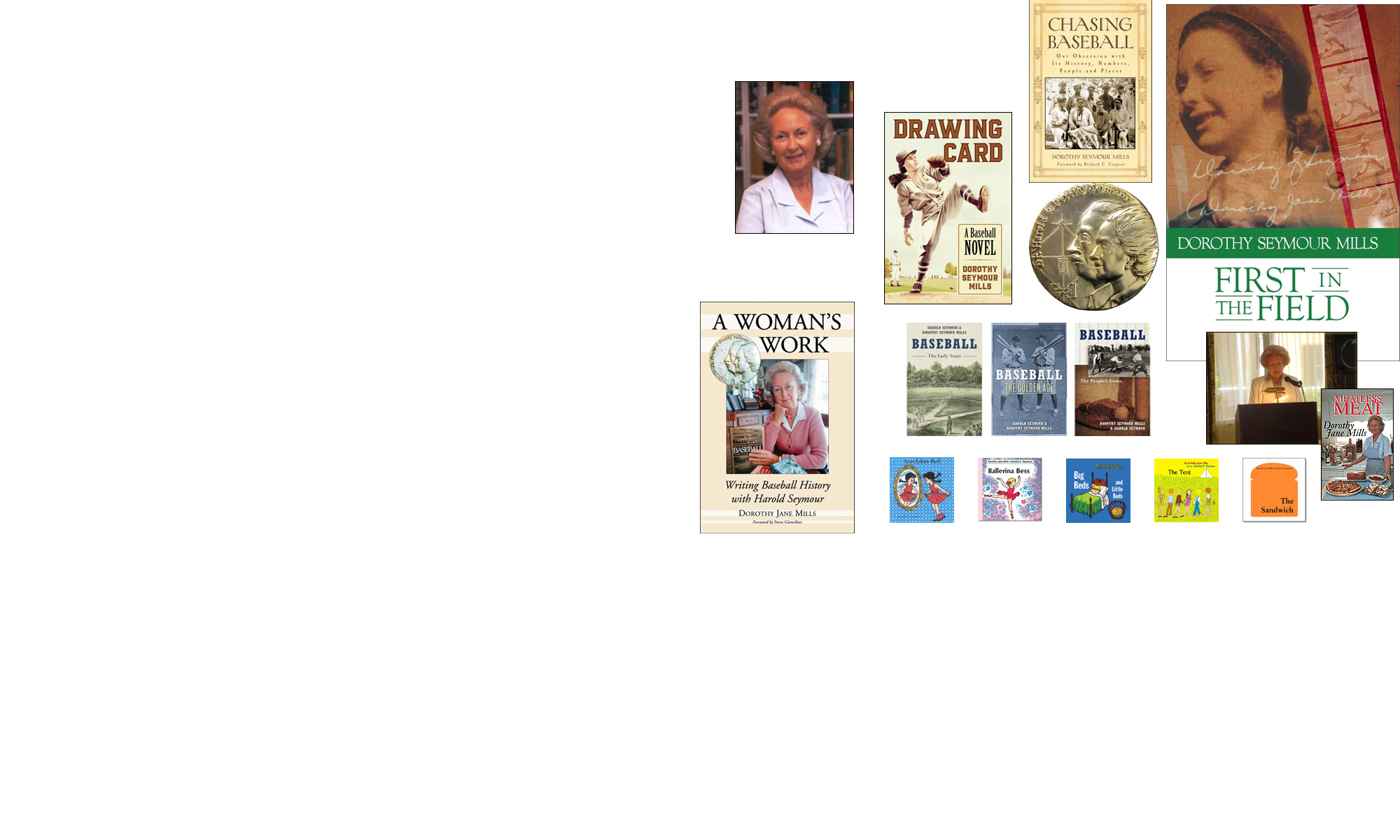Travel for me usually means that I’m working, either making a presentation or hearing others give theirs. But this month I treated myself to a vacation that included places and people who stimulated and inspired me in different ways.
Traveling to the Northwest country (where I lived for a time with my Canadian husband) meant crossing the border into Canada at Blaine, Washington, and taking a ferry to Victoria, the capital of British Columbia. There a girlfriend and I stayed with relatives and used their home as a base for day trips.
We visited the fishing village of Sooke, where boats of many kinds are anchored and people collect several freezers full of wild salmon over the summer, to cure it later in brine they create before smoking it in their own electric smokers. I found that the locals guard their brine recipes as if they were the gold sometimes still found in local riverbeds. One man puts a bottle of wine and a bottle of Canadian maple syrup in his brine. The result is heavenly.
I visited several museums, including the one of early settlers in Sooke, displaying rooms full of period furnishings and clothing from the 1800s, and another museum in Duncan, the city of totem poles, devoted to revealing the discrimination against Meti citizens in the nineteenth century.
The Metis were the children of marriages between people of entirely different heritage, like local tribal women and French trappers. They were treated badly by the ruling British. I learned that these children were often removed from their homes in order to make them what the rulers thought was “civilized”—just as American Indians were removed and placed in schools that taught them baseball and band. These days the skills of the Metis and their descendants are valued, because they have retained the artistic traditions of their ancestors. The town of Duncan is renowned for the many striking totem poles mounted everywhere, as well as for the carvers who created them.
Farther north on Vancouver Island is the town of Chemainus, which recognizes its heritage as a lumber center and employer of Chinese workers by having huge murals painted on nearly every building showing these workers in action.
The capital, Victoria, is a charming and colorful British city, with flowers everywhere decorating the impressive government buildings and the breezes from the popular waterfront ruffling the flags and decorations everywhere. Touring the huge building across from the waterfront housing the Royal B.C. Museum is a must when visiting Victoria. The museum exhibits display the history of the nation, the area (including that of the First Nations people), and prehistory. This month’s special exhibit showed the culture of the ancient Norsemen, and the Imax theatre that operated inside the museum featured a film supplementing that exhibit. What gorgeous handcrafts the Norse produced! Moreover, the museum stands across the street from the famous Empress Hotel, where we enjoyed tea in the lovely Bengal Room, which puts one in mind of a men’s club in Colonial India.
This trip enabled me to visit three groups of the Mills family (that of my late husband) and enjoy their company again, while seeing them in their native habitat. It also gave me the company of a good friend who, because she is 20 years younger than I am, was able to perform all the driving involved in this trip. Since she lives in Washington state, I see her seldom and was glad of the opportunity for her company on this wonderful tour.
Now when I want to think of something truly different from what I see every day in Florida, I can summon up a vision of a castle I saw in Victoria, a fort I saw in Nanaimo, a museum I saw in Duncan, a boat I saw in Sooke, a hotel … and so on. Such memories are both stimulating and relaxing. They take me away from my work, but they also make me think new thoughts.
